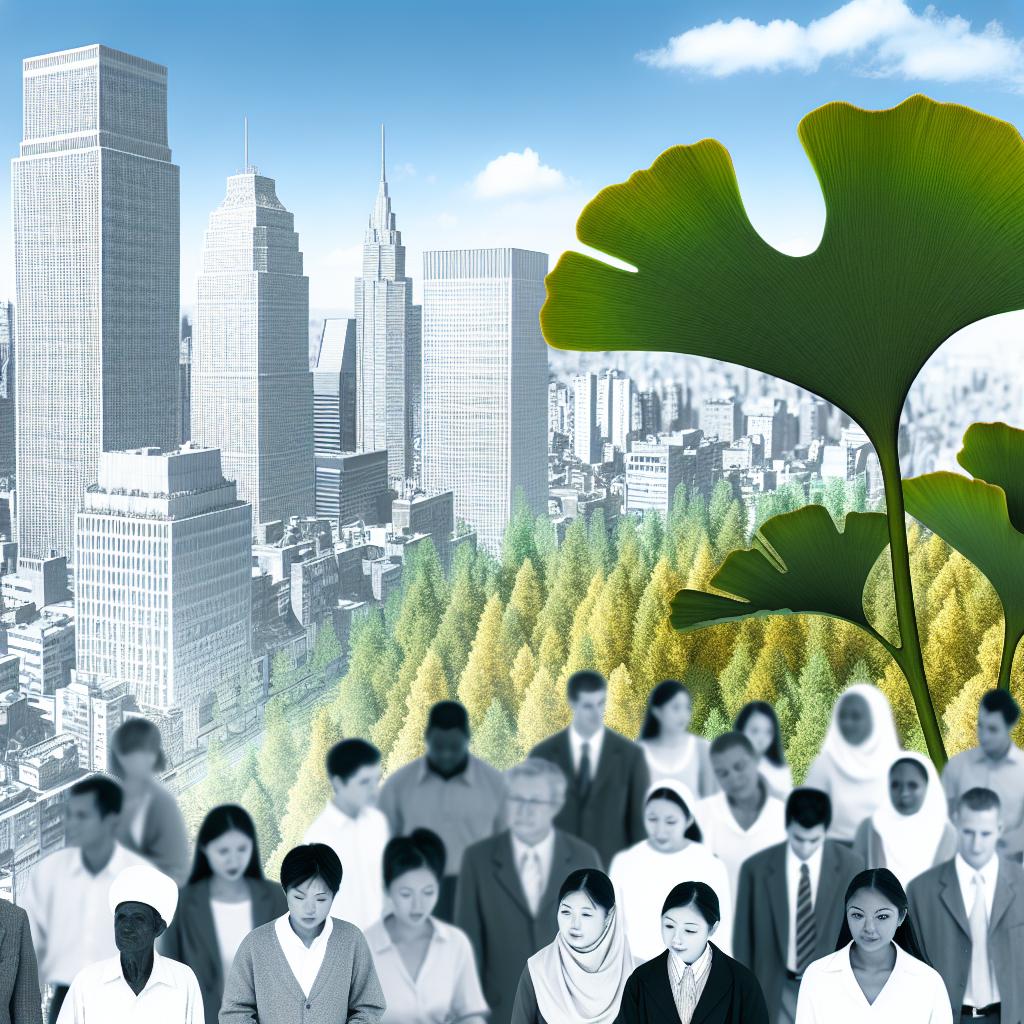The Role of Ginkgo biloba in Urban Landscapes
Ginkgo biloba, an ancient tree species whose existence can be traced back over 200 million years, is becoming increasingly valued for its unique contributions to urban environments. As urban areas continue to grow and the available green spaces diminish, the incorporation of this resilient tree specie into city landscapes can offer a multitude of benefits.
Adaptability to Urban Conditions
The ability of Ginkgo biloba to thrive in urban conditions is one of the strongest arguments for its inclusion in city landscapes. This tree is particularly noted for its tolerance to urban pollution, sub-optimal soil quality, and limited root space. Such attributes make it an excellent choice for city planners who aim to introduce more greenery, especially in heavily industrialized regions. Its adaptability makes it a versatile option for diverse urban settings, and it can be strategically planted along roadsides, in smaller parks, or even integrated into architectural designs such as green roofs and living walls.
Furthermore, Ginkgo biloba is not just adaptable but also requires relatively low maintenance, which is a valuable trait for urban environments where resources for tree care may be limited. Its ability to survive in conditions where other tree species might struggle makes it a highly sustainable option for enhancing urban green spaces.
Disease and Pest Resistance
Another significant advantage of the Ginkgo biloba tree is its natural resistance to diseases and pests. This trait minimizes the need for chemical interventions often required to protect urban trees from various ailments and infestations. By reducing reliance on chemical treatments, cities can promote a more sustainable and environmentally friendly approach to urban tree management, which is increasingly important as global awareness of environmental issues grows.
This resistance not only extends the lifespan of the Ginkgo biloba trees, allowing them to provide benefits over longer periods but also contributes to a healthier urban ecosystem. Healthier trees lead to better ecosystem services, such as air purification and temperature regulation, without the drawbacks associated with chemical treatments.
Ecological Contributions
Although Ginkgo biloba may not support an as diverse ecosystem as some native tree species, its ecological contributions to urban environments are nonetheless significant. One of the primary ecological benefits of the Ginkgo tree is its role in improving air quality. Cities often suffer from high levels of pollution, which adversely affect the health of their inhabitants. Ginkgo biloba helps mitigate this issue by absorbing pollutants and releasing oxygen, thus considerably enhancing the livability of urban areas.
Moreover, the tree provides valuable cooling shade, which can help mitigate the urban heat island effect that many cities experience during the summer months. By strategically planting Ginkgo biloba, urban planners can reduce ambient temperatures and improve the comfort and health of city dwellers.
Aesthetic and Cultural Appeal
Beyond its environmental and ecological contributions, Ginkgo biloba adds aesthetic value to urban spaces. The tree is renowned for its distinctive fan-shaped leaves and brilliant yellow foliage in the autumn, both of which offer ornamental beauty and enhance the visual appeal of city streets, avenues, and parks. This aesthetic quality can have a positive effect on the well-being of urban residents, providing not just shade and cleaner air but also a beautiful landscape to enjoy.
Ginkgo biloba also holds substantial cultural significance in various societies around the world. Often symbolizing longevity and resilience, it can serve as a cultural icon in the urban landscape, promoting cultural diversity and heritage. Furthermore, the presence of Ginkgo trees can enhance local biodiversity by providing a habitat and food source for certain urban wildlife species.
Cross-Cultural Significance
The Ginkgo biloba’s cultural importance extends beyond aesthetic appreciation. In many Asian cultures, particularly in China and Japan, the Ginkgo tree is revered as a symbol of peace, hope, and endurance. Planting this tree in urban environments can thus create spaces that resonate with cross-cultural peace, harmony, and continuity, which is especially important in increasingly multicultural urban societies.
Additionally, the integration of culturally significant trees like Ginkgo biloba in urban planning can foster community engagement and education, promoting an awareness of sustainable urban environments and the symbolic histories associated with the flora in the city. This can lead to a deeper appreciation and a unified effort towards conserving urban green spaces.
Conclusion
The integration of Ginkgo biloba in urban landscapes addresses numerous challenges associated with urbanization, offering ecological, environmental, and cultural benefits. As cities continue to grow and evolve, the incorporation of resilient and beneficial species like Ginkgo biloba becomes increasingly important.
Overcoming the challenges of urbanization requires innovative strategies, and Ginkgo biloba presents itself as a practical solution—creating green corridors in the heart of bustling cities, providing educational opportunities, and connecting people to nature and culture. By planting more Ginkgo trees, we not only enhance urban biodiversity and aesthetics but also build cities that reflect sustainable and inclusive growth. Through careful planning and collaborative efforts, the legacy of the Ginkgo biloba can continue to thrive, helping to foster urban environments that sustain both nature and humanity for generations to come.

